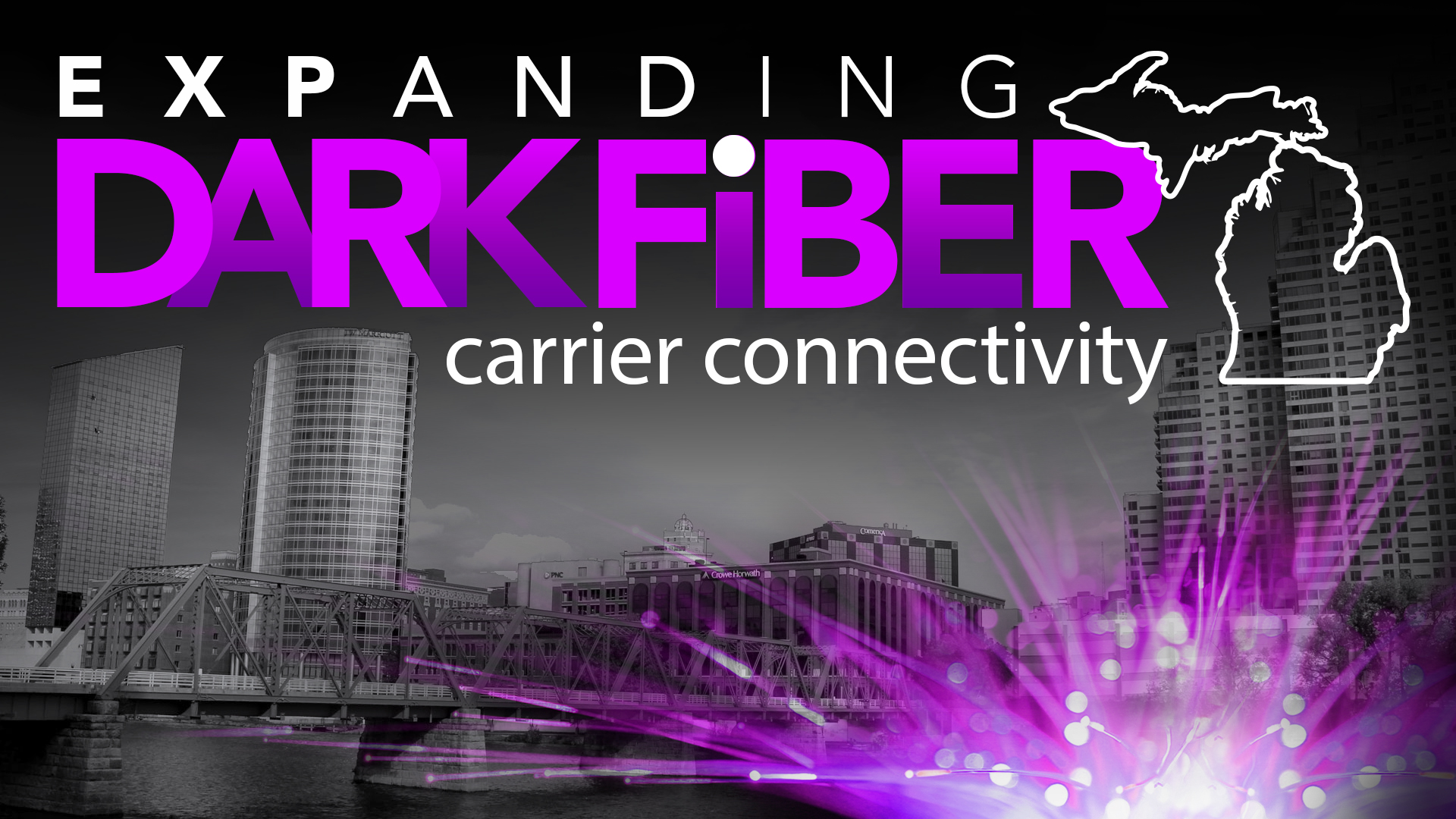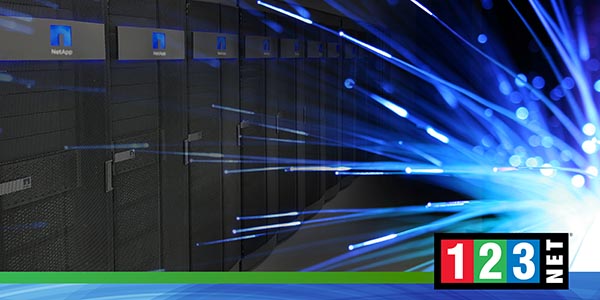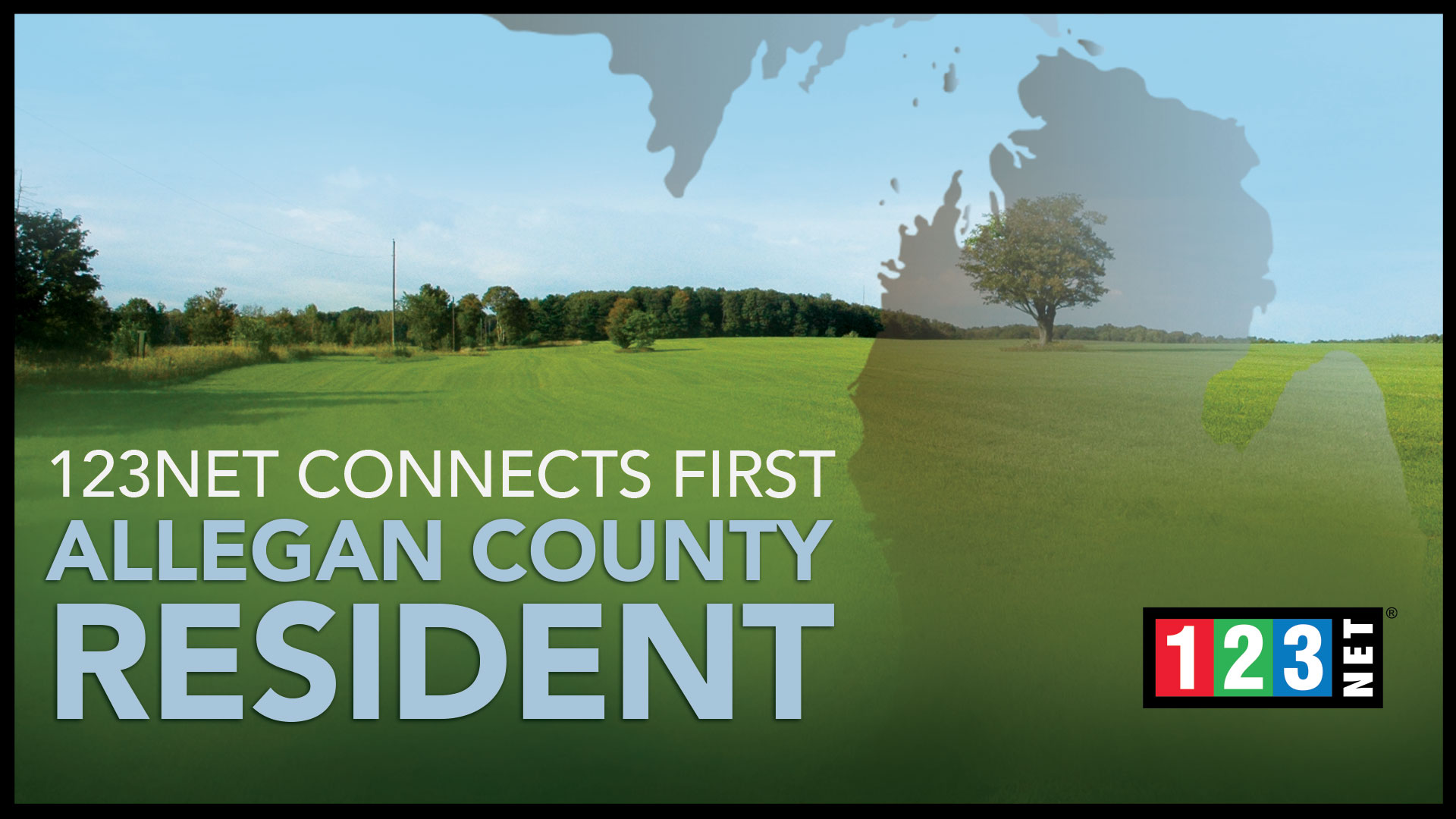
Introduction to Passive Optical Networks (PON)
Passive Optical Networks (PON) represent a cornerstone in modern telecommunications. This network technology uses fiber optic cables for broadband connections, revolutionizing data transmission with its high speed and reliability. Unlike traditional copper-based networks, PONs send vast amounts of data using light, significantly improving network bandwidth and efficiency. The ‘passive’ aspect implies no active electrical components are used in the network outside the central office. This simplicity reduces maintenance and operational costs, making PONs a great choice for service providers. They are integral in implementing fiber-to-the-home (FTTH) systems, allowing end-users to enjoy superior broadband access.
How Passive Optical Networks Work
Components: OLT, ONUs, Optical Splitters
- Optical Line Terminal (OLT):
- Located at the service provider’s hub, it initiates the service and manages the data flow to and from the network.
- Optical Network Units (ONUs):
- These devices are at the end-user’s premises, converting optical signals into electrical data.
- Optical Splitters:
- These passive components divide a single optical signal into multiple paths, allowing one fiber strand to serve numerous ONUs.
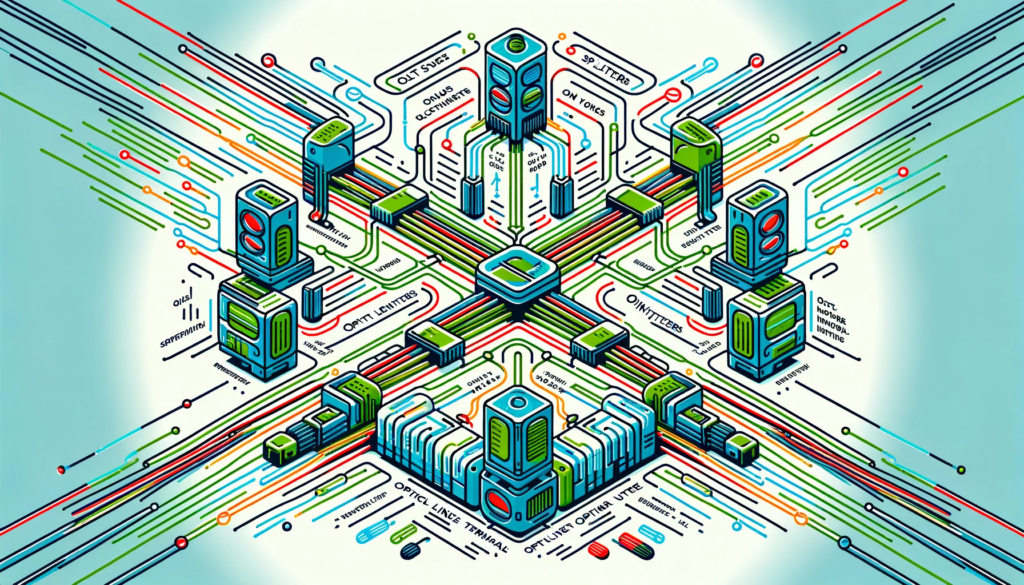
The Process of Data Transmission
Data transmission involves sending data from the OLT to the splitter, which then distributes it to multiple ONUs. This distribution supports both downstream (from OLT to ONU) and upstream (from ONU to OLT) traffic, with various forms of wavelength division multiplexing ensuring efficient data flow.
Types of Passive Optical Networks
APON/BPON
Asynchronous Transfer Mode Passive Optical Network (APON) and Broadband PON (BPON) are early PON forms primarily used for ATM-based services.
GPON
Gigabit PON (GPON) offers higher speeds and efficiency, supporting Ethernet, ATM, and other types of data traffic.

EPON/10G-EPON
Ethernet PON (EPON) and its advanced version, 10G-EPON, are based on Ethernet standards, simplifying integration with existing networks.
XGSPON
XGSPON represents the latest development, offering even higher speeds and capacity, catering to the ever-growing demand for bandwidth.
Benefits and Limitations of PONs
Advantages
- Cost and Efficiency: Lower operational costs due to fewer active components and high data transmission efficiency.
- Security: Enhanced security features due to inherent encryption capabilities in the fiber optic infrastructure.

Limitations
- Fiber Deployment: The need for extensive fiber optic infrastructure can be a barrier in new deployments.
- Distance Limitations: There are range limitations in the network, impacting service delivery in remote areas.
PON Standards and Development History
ITU-T and IEEE Standards
The International Telecommunication Union – Telecommunication Standardization Sector (ITU-T) and the Institute of Electrical and Electronics Engineers (IEEE) actively guide the development of PON technologies through their standards.

Evolution from APON to GPON and Beyond
PON technology has evolved from the earlier APON/BPON to more advanced forms like GPON, offering increased speeds, efficiency, and capabilities.
PON Components and Characteristics
Downstream and Upstream Traffic
PONs handle both downstream and upstream traffic, using different wavelengths for efficient communication.

Encryption and Security Features
Security in PONs is robust, with encryption and other measures protecting data integrity and privacy.
Network Architecture and Design
Point-to-Multipoint Topology
Passive Optical Networks (PONs) utilize a distinctive point-to-multipoint architecture, which is fundamental to their operational efficiency and scalability.
- Centralized Distribution: A single Optical Line Terminal (OLT) located at the service provider’s central office serves numerous endpoints.
- Multiple Optical Network Units (ONUs): These are the end-user devices, which could be residential homes, businesses, or institutions. Each ONU is connected to the OLT via optical fibers.
- Optimized Resource Utilization: This architecture reduces the amount of fiber and central office equipment needed compared to a point-to-point network. It allows a single fiber leaving the central office to serve numerous customers, maximizing resource efficiency.
- Scalability and Flexibility: The point-to-multipoint topology is inherently scalable, accommodating new users without major infrastructural changes. It’s also flexible, allowing for varying distances between the central office and end-users.

Wavelength-Division Multiplexing in PONs
Wavelength Division Multiplexing (WDM) is a pivotal technology in PONs that expands the network’s data transmission capacity.
- Multiple Data Channels:
- WDM enables multiple data channels to coexist on the same fiber optic cable, each channel using a different wavelength of light. This significantly increases the total data capacity of the network.
- Enhanced Bandwidth:
- A single optical fiber can carry more data by leveraging different wavelengths, improving the overall bandwidth available to end-users.
- Efficient Use of Infrastructure:
- This approach efficiently utilizes the existing fiber infrastructure, avoiding the need to lay additional cables for capacity upgrades.
- PONs primarily use two types of Wavelength Division Multiplexing (WDM): Coarse Wavelength Division Multiplexing (CWDM) for less dense applications and Dense Wavelength Division Multiplexing (DWDM) for networks that require higher capacity.
- Future Proofing: WDM technologies make PONs future-proof, allowing bandwidth upgrades with minimal changes to the existing fiber infrastructure. To accommodate growing data demands, networks can be upgraded by adding new wavelengths instead of rebuilding the entire system.
Applications and Use Cases of PON
Residential and Business Applications
Passive Optical Networks (PONs) have a broad spectrum of applications, extending their utility beyond traditional uses. These networks have become integral in various sectors due to their high-speed capabilities and reliable connectivity.
- Residential Broadband: PONs primarily provide internet access to residential customers. Thanks to their high bandwidth and low latency, they are ideal for delivering services like high-definition video streaming, online gaming, and smart home connectivity.
- Business Connectivity: In the business realm, PONs offer robust solutions for organizations requiring reliable, high-speed internet. They support various business operations, including cloud computing, video conferencing, and large data transfers, which are essential in today’s digital business environment.
- Backhaul for Mobile Networks: PONs play a crucial role in mobile network backhaul, providing the backbone for data traffic between cell sites and the core network. The advent of 5G networks, which require higher data capacities, makes this application particularly crucial.
- Educational Institutions and Campuses: Universities and educational campuses use PONs to manage their extensive network requirements. They provide the bandwidth needed for research data transfer, online learning platforms, and digital library resources.
- Healthcare Facilities: Hospitals and healthcare facilities use PONs for various applications, including telemedicine, digital record keeping, and real-time patient monitoring systems. The reliability and speed of PONs ensure uninterrupted services, which are critical in healthcare settings.
- Government and Public Services: PONs are also employed in government buildings and for public services to facilitate efficient and secure communication channels. They support e-governance initiatives, public safety networks, and other administrative functions.
- Smart Cities and IoT Integration: In smart city projects, PONs are foundational in integrating various IoT devices and sensors for city management, including traffic control systems, public Wi-Fi networks, and environmental monitoring.
- Retail and Hospitality Industries: Retail stores and hotels utilize PONs for various services like inventory management, online booking systems, and providing guests with high-speed internet access.
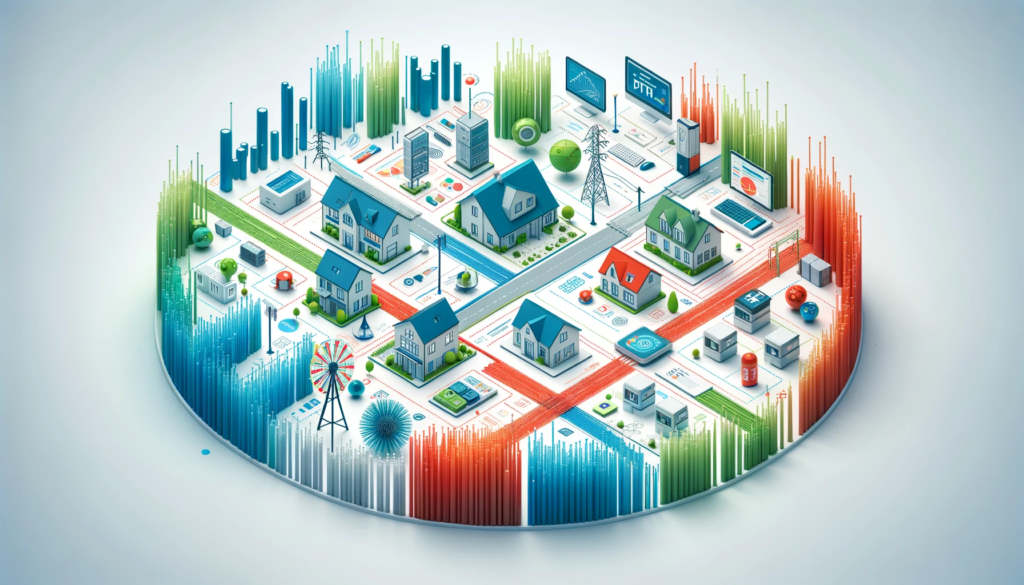
Role in Fiber to the Home (FTTH)
PONs are instrumental in FTTH deployments, providing high-speed internet access to homes.
Future of Passive Optical Networks
Passive Optical Networks (PONs) are on the cusp of significant transformation, driven by rapid technological advancements and evolving user demands. Looking ahead, integrating PONs with emerging technologies and developing next-generation standards will redefine the telecommunications landscape.
Emerging Technologies and Trends
- Integration with 5G: The advent of 5G technology promises unprecedented speeds and connectivity. PONs are expected to play a pivotal role in providing the backhaul infrastructure necessary for 5G networks, offering the high bandwidth and low latency required for seamless 5G deployment.
- Internet of Things (IoT): As the IoT ecosystem expands, robust and reliable network infrastructure becomes crucial. PONs, with their high capacity and reliability, are well-suited to support the massive data flow generated by IoT devices, ensuring uninterrupted connectivity.
- Wavelength Division Multiplexing (WDM) Enhancements: WDM technology advancements are set to boost PON capacity significantly. By using more wavelengths and finer granularity in the spectrum, future PONs can handle much larger volumes of data, catering to the growing demand for bandwidth-intensive applications.
- AI and Network Optimization: Artificial intelligence (AI) is expected to revolutionize network management in PONs. By using AI for predictive analytics and network optimization, PONs can achieve greater efficiency, proactive maintenance, and improved quality of service.
Next-Generation PON Standards
- XGS-PON and Higher Bandwidth Standards: The development of XGS-PON, which offers 10 Gbps symmetrical speeds, is just the beginning. Future standards are likely to push bandwidth capabilities even further, potentially reaching speeds of 25 Gbps or more, to accommodate the burgeoning demand for high-speed connectivity.
- Enhanced Security Protocols: As cyber threats evolve, so too must the security measures in network technologies. Anticipating future needs, PON standards will likely incorporate advanced encryption methods and robust security protocols to safeguard against cyber threats, ensuring data privacy and network integrity.
- Energy Efficiency: Environmental concerns are driving the push towards more energy-efficient network solutions. Upcoming PON standards will likely emphasize reduced power consumption, contributing to sustainable and eco-friendly network operations.
- Flexibility and Scalability: Recognizing the diverse needs of different user segments, future PONs are expected to offer enhanced flexibility and scalability. This adaptability will allow service providers to tailor their offerings, ranging from residential broadband to enterprise solutions and smart city infrastructure.
The future of PONs is not just about speed and bandwidth; it’s about creating a versatile, secure, and efficient network backbone that can support the next generation of digital innovations and connectivity demands. These advancements position PONs to remain at the forefront of the telecommunications revolution, driving progress and connectivity in the digital age.
FAQs Section
What is the difference between GPON and EPON?
GPON (Gigabit Passive Optical Network) and EPON (Ethernet Passive Optical Network) are two prevalent types of PONs, each with distinct features and protocol handling.
- GPON: Adhering to ITU-T standards, GPON is known for its high efficiency in data and bandwidth management. It uses Advanced Encryption Standard (AES) for security and operates on a larger bandwidth range, offering asymmetrical speeds up to 2.5 Gbps downstream and 1.25 Gbps upstream. GPON’s use of GPON Encapsulation Mode (GEM) allows for efficient packaging of various types of data – voice, video, and data – making it highly versatile.
- EPON: Operating under IEEE standards, EPON is built on Ethernet technology, making it compatible with existing Ethernet networks. It typically offers symmetrical speeds of 1 Gbps, both downstream and upstream, which is a standard in Ethernet-based networks. EPON’s reliance on Ethernet simplifies the network architecture and reduces equipment costs. However, it may lack some of the advanced functionalities and higher bandwidth capabilities of GPON.
How does a PON reduce costs?
PONs are cost-effective solutions for broadband network access, achieving cost savings through various aspects:
- Reduced Component Usage: Unlike active networks, PONs do not require electronic components such as amplifiers and repeaters in the network path, leading to lower equipment costs.
- Energy Efficiency: With fewer active components, PONs consume less power, contributing to reduced operational costs, especially in terms of energy consumption.
- Maintenance and Upgrades: The simpler passive architecture of PONs demands less maintenance and is easier to upgrade. This aspect results in long-term savings in both labor and upgrade costs.
- Scalability and Longevity: The fiber optic cables used in PONs have a longer lifespan compared to copper cables and offer greater scalability for future bandwidth needs, providing a cost-effective solution over time.
Can PONs support high-bandwidth applications?
PONs are increasingly capable of supporting high-bandwidth applications, thanks to advancements in PON technologies:
FAQs Section
What is the difference between GPON and EPON?
GPON (Gigabit Passive Optical Network) and EPON (Ethernet Passive Optical Network) are two prevalent types of PONs, each with distinct features and protocol handling.
- GPON: Adhering to ITU-T standards, GPON is known for its high efficiency in data and bandwidth management. It uses Advanced Encryption Standard (AES) for security and operates on a larger bandwidth range, offering asymmetrical speeds up to 2.5 Gbps downstream and 1.25 Gbps upstream. GPON’s use of GPON Encapsulation Mode (GEM) allows for efficient packaging of various types of data – voice, video, and data – making it highly versatile.
- EPON: Operating under IEEE standards, EPON is built on Ethernet technology, making it compatible with existing Ethernet networks. It typically offers symmetrical speeds of 1 Gbps, both downstream and upstream, which is a standard in Ethernet-based networks. EPON’s reliance on Ethernet simplifies the network architecture and reduces equipment costs. However, it may lack some of the advanced functionalities and higher bandwidth capabilities of GPON.
How does a PON reduce costs?
PONs are cost-effective solutions for broadband network access, achieving cost savings through various aspects:
- Reduced Component Usage: Unlike active networks, PONs do not require electronic components such as amplifiers and repeaters in the network path, leading to lower equipment costs.
- Energy Efficiency: With fewer active components, PONs consume less power, contributing to reduced operational costs, especially in terms of energy consumption.
- Maintenance and Upgrades: The simpler passive architecture of PONs demands less maintenance and is easier to upgrade. This aspect results in long-term savings in both labor and upgrade costs.
- Scalability and Longevity: The fiber optic cables used in PONs have a longer lifespan compared to copper cables and offer greater scalability for future bandwidth needs, providing a cost-effective solution over time.
Can PONs support high-bandwidth applications?
PONs are increasingly capable of supporting high-bandwidth applications, thanks to advancements in PON technologies:
- GPON and XGSPON: Newer PON standards like GPON and XGS-PON provide significantly higher bandwidths, with XGS-PON offering symmetrical speeds of up to 10 Gbps.
- Accommodating Data-Intensive Services: These enhanced capabilities make PONs suitable for data-intensive services such as high-definition video streaming, large-scale online gaming, and high-speed cloud services.
- Future-Proofing: With the ongoing evolution in PON technology, these networks are being future-proofed to handle even greater data loads, ensuring they remain viable for emerging high-bandwidth demands.
- Network Efficiency: PONs use advanced data transmission technologies like Wavelength Division Multiplexing, which maximizes the data capacity of the fiber optic cables, thereby efficiently supporting high-bandwidth requirements.


